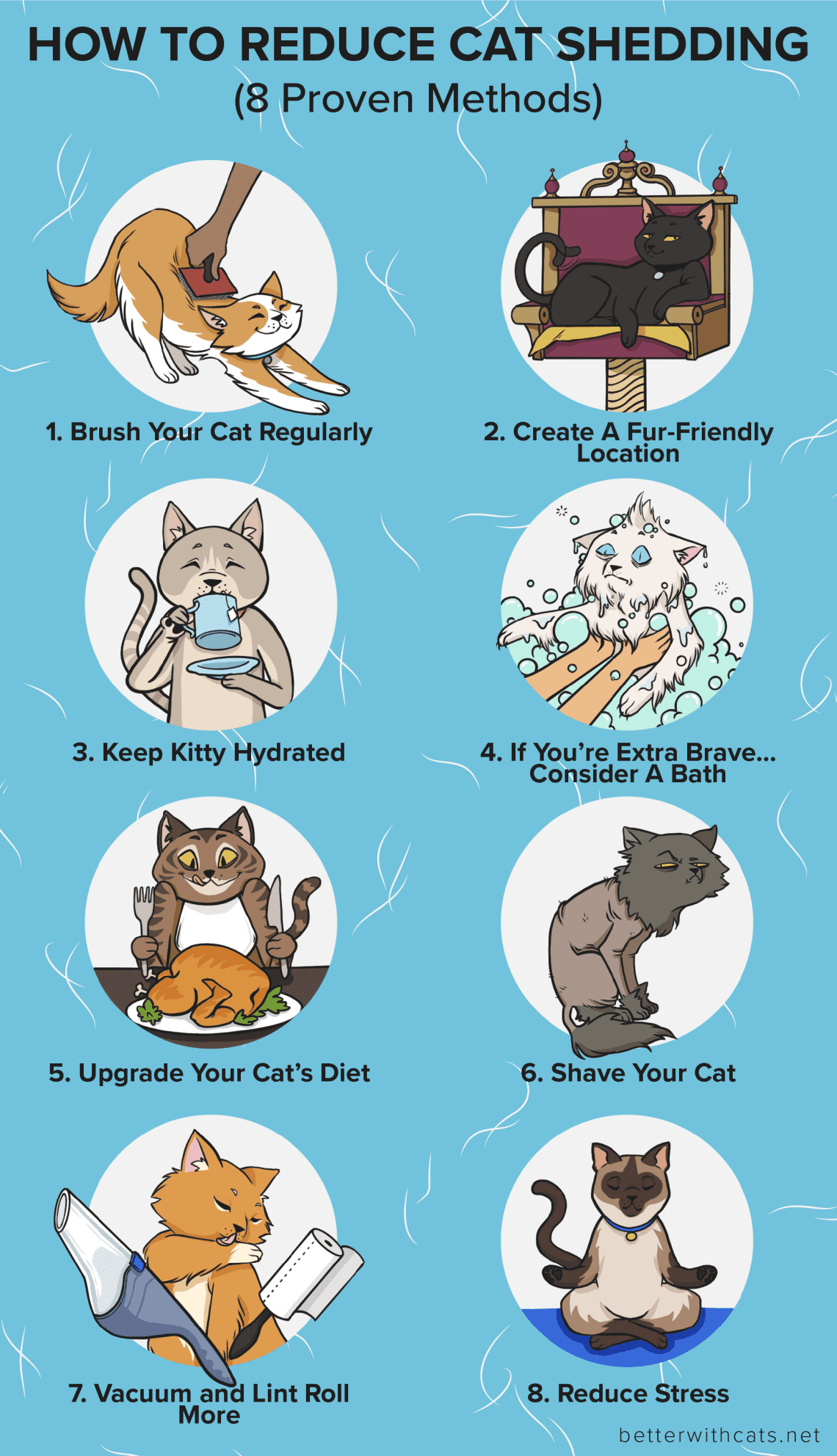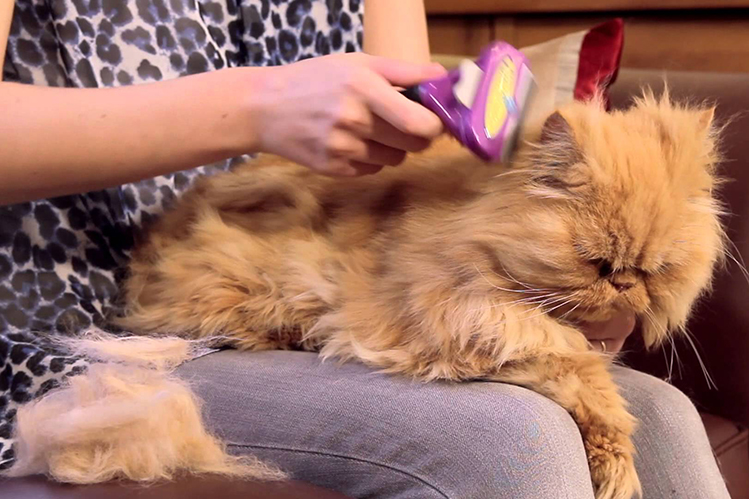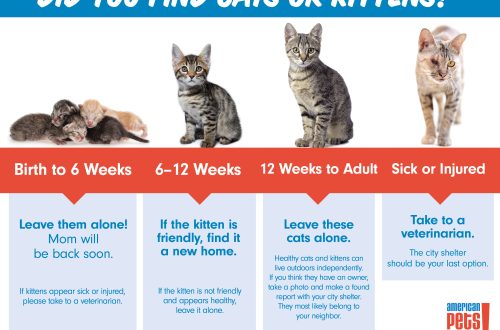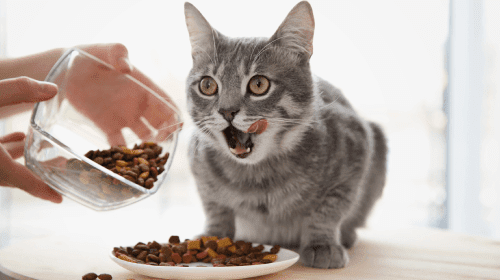
If the cat sheds
Domestic cats have a mysterious feature – they shed all year round! And no matter how long or short your pet’s coat is, you will find it everywhere: not only on furniture and clothes, but also in the bathroom, on freshly washed towels, in your favorite food and in your morning coffee. Is there a way to deal with the problem?
We are used to thinking that cats shed in autumn and spring, but why do hair problems not leave us throughout the year? The fact is that when keeping animals at home, other laws apply, and here’s why. One of the main factors that triggers the molting process is the length of daylight hours, and if street cats catch seasonal fluctuations and change their fur coat in accordance with them, then domestic cats have disturbed biorhythms.
Improper feeding, stress, dermatological problems, hormonal levels, which change dramatically after castration or sterilization, also provoke year-round molting. In some cases, serious diseases are the cause of intense hair loss. But, as a rule, their presence is evidenced not only by a thinned fur coat.
It should be understood that frequent molting not only causes inconvenience to the owners, but is also dangerous for the pet itself, because. often provokes serious problems with digestion. Every day, while washing, the cat swallows a certain amount of dead hairs. In moderation, they are easily excreted from the stomach naturally. But during molting, there is too much wool, and it accumulates in the body in lumps, leading to blockage of the gastrointestinal tract, intestinal obstruction, gastritis, etc.
To protect the health of the pet and not feel like living in a woolen jungle, it is imperative to deal with excessive molting. First, take your cat to a veterinary clinic for a checkup to rule out the possibility of disease. As a second step, review your pet’s diet: have you chosen the right food, does it meet the body’s needs for good nutrition, are there enough vitamins and minerals in it? If there are no health problems and everything is in order with the diet, direct your efforts to the fight against dead hairs.
This pet needs a good brushing. To help you – all kinds of brushes, combs, slickers and furminators. Coat care largely depends on the characteristics of the breed, however, with intensive molting, daily combing will not hurt. The exception is the original Furminator, which is recommended to be used no more than once a week. This innovative anti-shedding tool has become so popular that it has sparked the production of fakes, and its name has become a household name. Why such success?

The Furminator is equipped not with bristles or teeth, but with a strong, safe blade that catches not only dead hairs on the surface of the fur coat, but also hairs from the deep undercoat that have already separated from the follicle, but are still held by friction against its walls. Without combing, these hairs would fall out in the near future – and at the same second they would decorate clothes and furniture with themselves. But the furminator allows you to comb them out in a timely manner and reduce the amount of hair shed by 90%. Which, you see, completely solves the problem.
Thorough combing becomes even more important in the summer months. Many animals can hardly tolerate heat and stuffiness, and excess hair falls into tangles and prevents the skin from breathing. Therefore, only your careful care will allow you to maintain the health and well-groomed appearance of your pet, as well as significantly reduce the amount of wool found on furniture and things.





